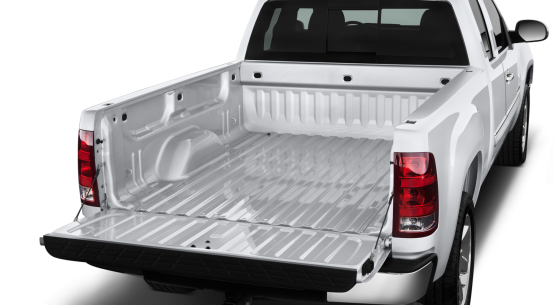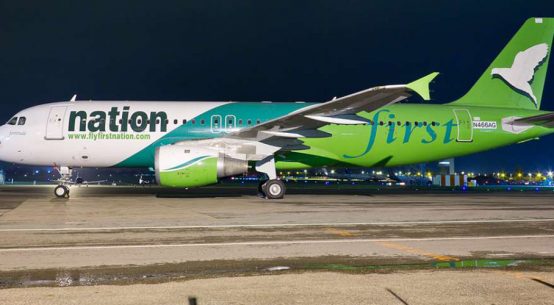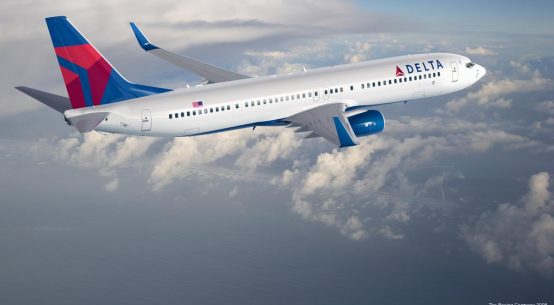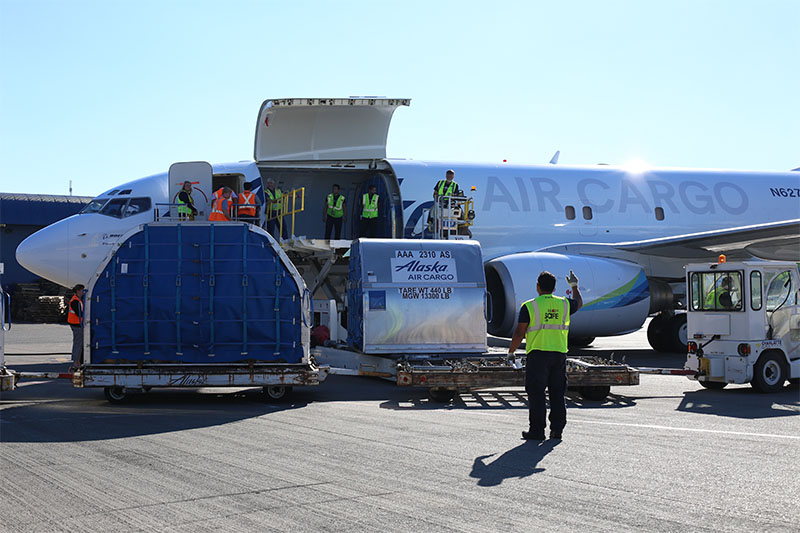
Seattle-based combination carrier Alaska Air Cargo is preparing to increase capacity by 40 percent by utilizing its seventy A320 and A321 aircraft for cargo transportation, which Alaska gained in its acquisition of Virgin America in 2016.
Alaska Air Cargo – internationally recognized as one of the only low-cost carriers that operate freighters – is taking the opportunity to further bolster its cargo operations, increasing capacity along the U.S. West Coast and between the West Coast and New York.
Virgin had previously utilized the fleet exclusively for passenger use, so the merger means a significant increase in Alaska’s belly cargo capacity on regional flights in the United States.
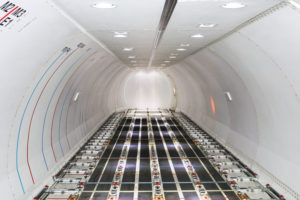
Alaska also increased its main deck capacity in March, adding another 737-700BDSF to its fleet – the third Bedek-converted freighter the airline has added since retiring its older, “less reliable” 737-400 freighter and combis last year.
Air Cargo World toured Alaska Air Cargo’s Seattle facility this week to view one of the recently converted freighters, where we had the opportunity to talk with Rick Bendix and Jason Berry, manager of marketing and business development, and managing director of cargo, respectively.
Air Cargo World witnessed the 737-700F land at Sea-Tac, where perishables from Alaska – particularly salmon – were unloaded, and the freighter was reloaded with Alaska-bound parcels and produce. Both the main deck and the belly were filled to capacity with containerized freight and parcels.
Berry emphasized the role that the carrier plays as one of the few that operates to the region, ensuring Alaskan residents get essentials like mail and fresh produce.

Its three new freighters average utilization has been 10.5 hours per day – quite high for the narrowbody aircraft – with reliability approaching 99 percent.
“Seventy percent of our business touches the state of Alaska,” Bendix noted, “and a large portion of that business does utilize the freighters to and from the lower 48 [states].”
As far as its new Airbus fleet is concerned, the carrier will begin testing systems integration and run mock flights on its 70 newly acquired Airbus aircraft, in preparation for starting cargo operations on June 19.

Alaska’s average departures by city:
- Seattle: 294
- Portland: 129
- Bay Area: 124
- Los Angeles: 112
- Intra California: 99
- San Diego: 48
- New York (JFK): 15
- Newark: 13
- Boston: 12
Read the original story on Air Cargo World





